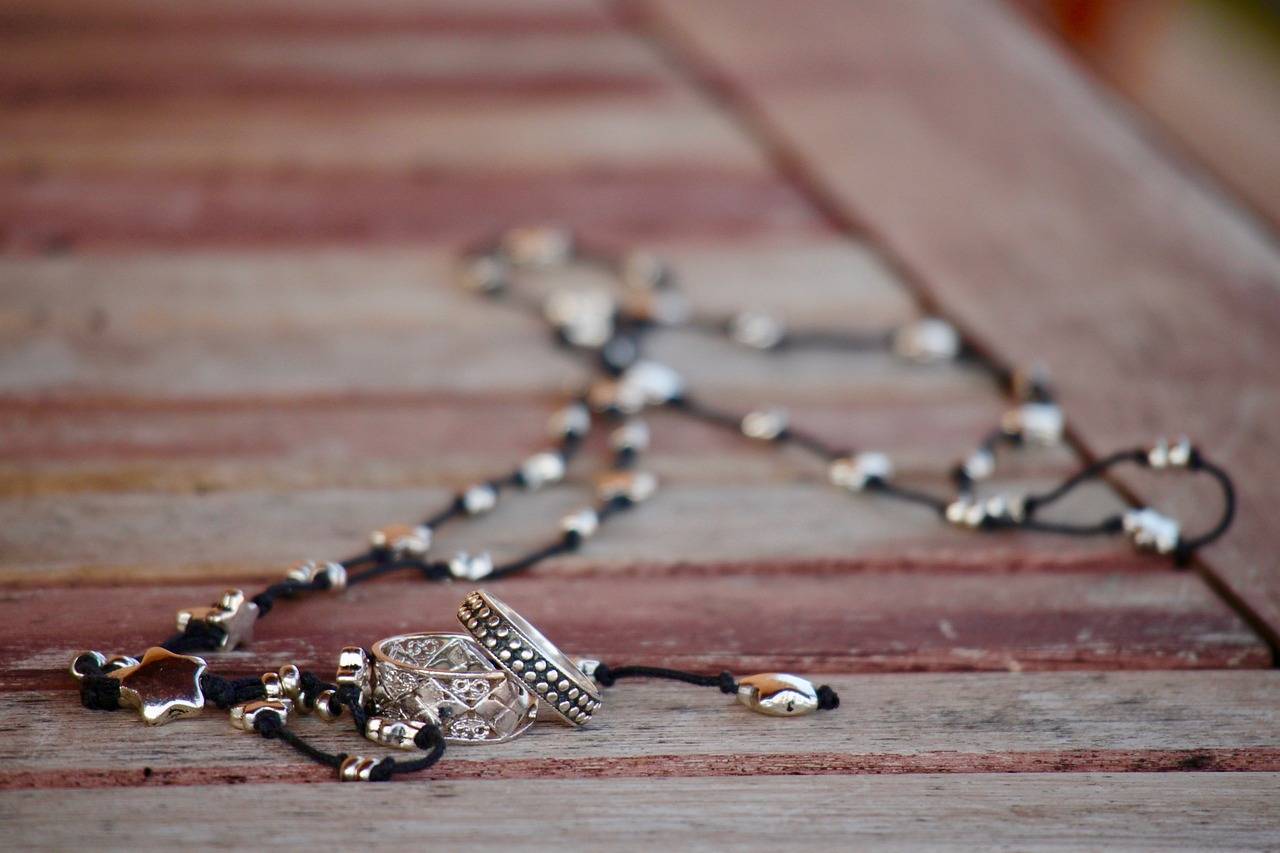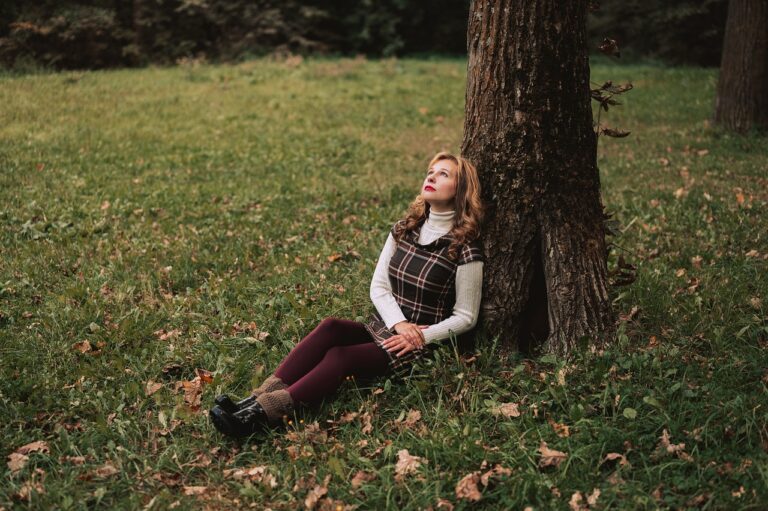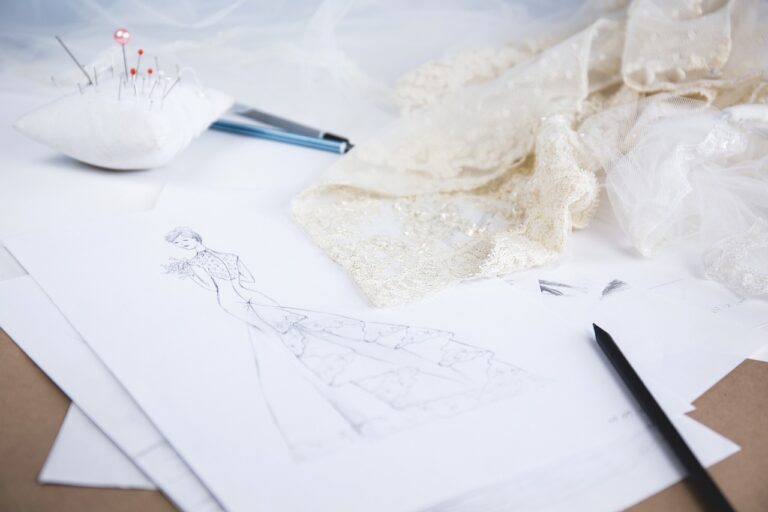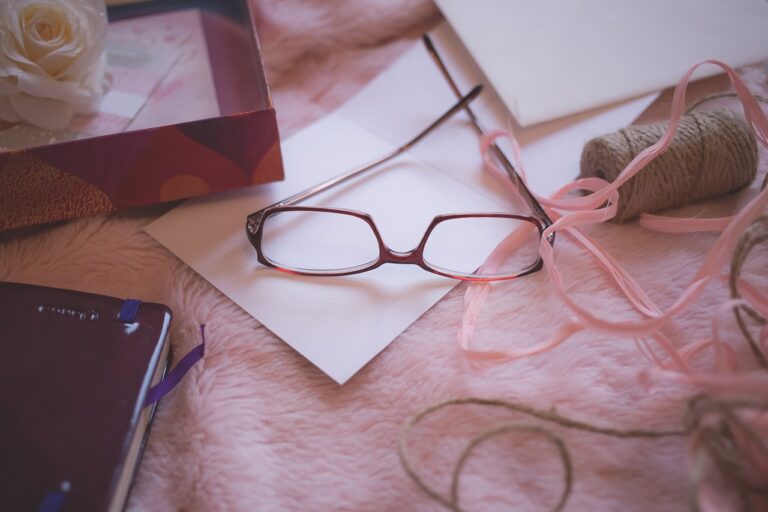Fashion’s Connection with Traditional Arts and Crafts
Fashion and traditional art forms have long been intertwined, with one often influencing the other in a dynamic and evolving relationship. From intricate embroidery techniques seen on couture runways to the bold patterns and colors of indigenous textiles influencing contemporary designs, fashion has the unique ability to breathe new life into traditional art forms while also preserving their cultural significance.
Designers worldwide have drawn inspiration from various traditional art forms, incorporating elements such as calligraphy, pottery, and painting into their collections. By merging these time-honored techniques with modern silhouettes and materials, fashion has become a medium through which traditional art forms can reach new audiences and remain relevant in an ever-changing world. The fusion of fashion and traditional art not only celebrates cultural heritage but also opens up avenues for cross-cultural dialogue and creative expression.
The Evolution of Traditional Crafts in Fashion
In recent years, there has been a noticeable resurgence of traditional crafts in the realm of fashion. Artisans around the world are blending centuries-old techniques with modern aesthetics, creating unique and culturally rich pieces that captivate the fashion world. This fusion of tradition and innovation has brought a new appreciation for craftsmanship and heritage in the industry.
Designers are increasingly turning to age-old techniques such as embroidery, weaving, and hand-dyeing to infuse their collections with a sense of authenticity and individuality. By incorporating these traditional crafts into their designs, fashion houses are not only paying homage to the artisans who have mastered these skills over generations but also adding a touch of soul and human touch to their creations. This trend highlights a shift towards sustainability and ethical practices in the fashion industry, as consumers gravitate towards pieces that tell a story and have a lasting impact.
How has fashion influenced traditional art forms?
Fashion has played a significant role in preserving and promoting traditional art forms by incorporating them into clothing and accessories, thereby giving them a new relevance and appeal to modern audiences.
What are some examples of traditional crafts that have evolved in fashion?
Some examples include hand embroidery, weaving, beadwork, and block printing, which have been adapted into contemporary fashion designs to create unique and culturally rich pieces.
How has the evolution of traditional crafts in fashion impacted artisans and their communities?
The integration of traditional crafts into fashion has provided artisans with new opportunities for economic empowerment and cultural preservation, helping to sustain their livelihoods and promote their heritage.
What are some challenges faced in the evolution of traditional crafts in fashion?
Some challenges include ensuring ethical and sustainable production practices, maintaining the authenticity of traditional techniques, and balancing commercial demand with the preservation of cultural integrity.
How can consumers support the evolution of traditional crafts in fashion?
Consumers can support traditional crafts in fashion by purchasing ethically made products, learning about the cultural significance of different techniques, and advocating for fair trade practices within the industry.





